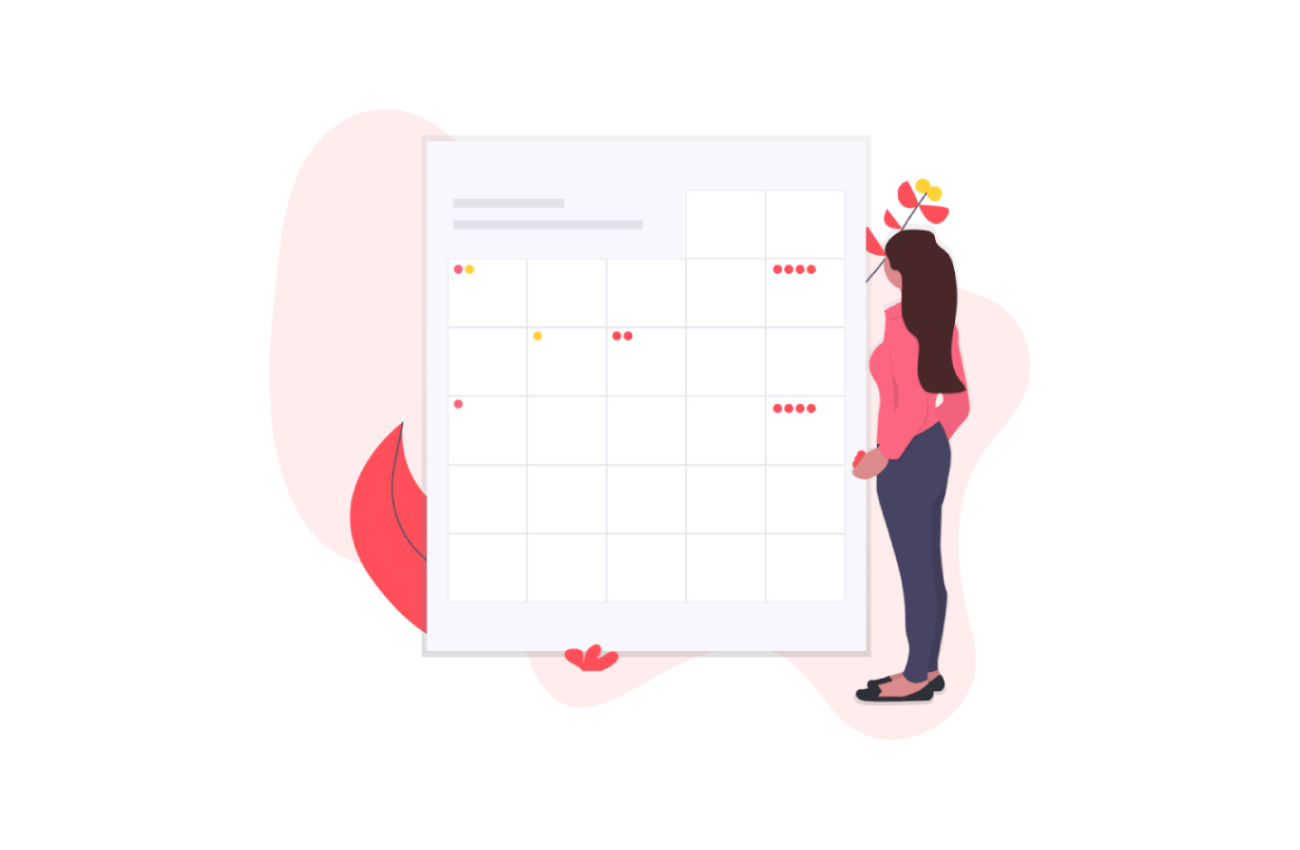Marketing is one of the most difficult parts of managing an event.
While the best way to market your event depends on the location of the event, the type of event you are planning, and who your target market is, the basic guidelines are almost always the same.
To help you get started, here are some dos and don’ts of event marketing.
Do: Define Goals
You want to make sure your team knows the specific goals and objectives of the planned event before you get started. Give your team visibility into the process and plan your campaign together.
The messaging and the objectives of the event should inspire every aspect of the event. They should influence the décor, venue, location, set design, etc. To see how you should market the event, ask yourself, “What do I want the attendees to do?” Do I want them to network? Learn? Sell more?
Don’t: Plan in a Vacuum
To avoid planning the pre-event marketing in a vacuum, you should define objectives, goals, and success together with your entire marketing team. To make sure you are telling one big story, involve everyone.
This way you’ll be able to create new ideas from a multi-channel perspective. So, make sure to align all of your organization’s resources and internal stakeholders from the get-go.
In fact, it may be a good idea to reach beyond your organization. To make sure you’ll end up with the best content for your marketing efforts, get performers and speakers involved in content creation.
Do: Create High-Quality Content
In the world of marketing—content is king, and this goes for event marketing as well. There are several types of content that will make your event marketing better. You need to use a few different channels if you want to achieve the best results.
Good content is entertaining, memorable, and direct. Social media is key here, but you mustn’t forget about other social channels such as email, community publishing, and guest blogging. Keep in mind that the definition of great content depends on the channel and the tactics you use.
Around 40% of event marketers consider email to be the most-effective way to promote an event. A well-crafted event reminder email is a great example of email marketing. But, if you send such emails too often they will turn into annoying spam, no matter how good they are.
On the other hand, creating a year-long hashtag for Facebook and Twitter that you will use to continuously draw attention to the event isn’t “spammy” at all. In fact, it is one of the best tactics for these two social media platforms.
LinkedIn is a great place to attract a professional audience. On this website, you can use discussions and groups to promote content.
Good content is also likable, pinnable, and shareable. You can use tweets, blogs, and strong visuals to connect to your audience. And, the best kind of content is user-generated. For instance, you can create an Instagram photo contest to promote your event.
Don’t: Use the Wrong Channels
It’s important to know what channels will work best for your audience as well as how to use them. Moreover, it is important to know when to abandon ship if things are not working out.
Stay away from certain communication channels if you do not add value to them. Again, you can ruin even the best content by being “spammy.” People have become very sensitive to being sold at, especially on the internet.
It is important to figure out what networks you should use and how you should use them before you start publishing content. To learn which channels will work best, you can survey your existing client base.
To make sure you will be able to reach your target audience, study the demographic information for each social network. Luckily, this type of information is easy to find.
Do: Create Immersive Experiences
Aim to create an experience and environment that engages the attendees. For that, you will need to do more than entertain. The following core elements are key to creating an ownable and immersive brand experience:
- Branding: Consistent branding across all touchpoints is key to creating an event footprint with a unique layout.
- Connections: You can create connections that will last even after the event by encouraging attendees to use on-site devices.
- Visualizations: Use demos, photos, and video projections/displays to create an interactive experience. By doing so, you will help attendees really understand your products, services, or activities.
- Interactions: To ensure your organization, brand, or product is the hero, create a few immersive on-site activities.
Don’t: Forget to Collect Feedback
If you want the attendees to develop a relationship with your brand, you mustn’t forget about them after the event. Don’t rely on your own perception too much when you are trying to determine how successful your event was. It is vital to ask the attendees for feedback.
To gather useful data and insights, you can create an automation workflow for your feedback campaign. But, putting together a survey for the attendees isn’t just about statistics. The feedback process itself communicates trust to the attendees.
Michael has been working in marketing for almost a decade and has worked with a huge range of clients, which has made him knowledgeable on many different subjects. He has recently rediscovered a passion for writing and hopes to make it a daily habit. You can read more of Michael’s work at Qeedle.
Also read:

